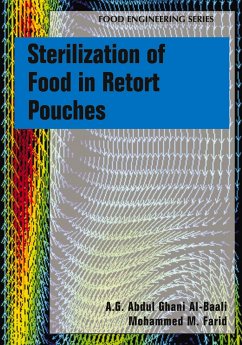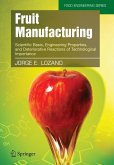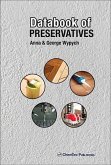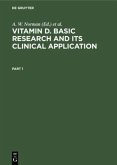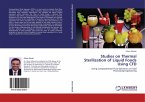The subject of sterilization of food in cans has been well studied both experimentally and theoretically, but very limited work has been undertaken to study the sterilization of food in pouches. Sterilization of Foods in Retort Pouches examines the important interaction between fluid mechanics, heat transfer and microbial inactivation during sterilization of food in pouches. Such interaction is complex and if ignored would lead to incorrect information not only on food sterility but also on food quality.
Sterilization of Foods in Retort Pouches is useful for engineers and food scientists where heat transfer is one of the basic disciplines. It is also suitable as a text for postgraduate students and researchers.
Sterilization of canned food is a well-known technology that has been in practice for many decades. Food sterilization has been well studied in a large number of textbooks. This book is not about the science of sterilization or food safety but rather about the important interaction between ?uid mechanics, heat transfer, and microbial inactivation. Such interaction is complex and if ignored would lead to incorrect information not only on food sterility but also on food quality. The book is written by engineers for both food engineers and scientists. However, it may also be of interest to those working in computational ?uid dynamics (CFD). It presents an elementary treatment of the principles of heat transfer during thermal sterilization, and it contains suf?cient material presented at a high level of mathematics. A background in the solution of ordinary and partial differential equations is helpful for proper understanding of the main chapters of this book. However, we have avoided going into a detailed numerical analysis of the ?nite volume method (FVM) of solutions used to solve the sets of equations. Some familiarity with ?uid dynamics and heat transfer will also be helpful but not essential. Inthisbook,conductionandconvectiveheattransferistreatedsuchthatthereaderisofferedthe insight that is gained from analytical solutions as well as the important tools of numerical analysis, which must be used in practice. Analysis of free convection is used to present a physical picture of the convection process.
Sterilization of Foods in Retort Pouches is useful for engineers and food scientists where heat transfer is one of the basic disciplines. It is also suitable as a text for postgraduate students and researchers.
Sterilization of canned food is a well-known technology that has been in practice for many decades. Food sterilization has been well studied in a large number of textbooks. This book is not about the science of sterilization or food safety but rather about the important interaction between ?uid mechanics, heat transfer, and microbial inactivation. Such interaction is complex and if ignored would lead to incorrect information not only on food sterility but also on food quality. The book is written by engineers for both food engineers and scientists. However, it may also be of interest to those working in computational ?uid dynamics (CFD). It presents an elementary treatment of the principles of heat transfer during thermal sterilization, and it contains suf?cient material presented at a high level of mathematics. A background in the solution of ordinary and partial differential equations is helpful for proper understanding of the main chapters of this book. However, we have avoided going into a detailed numerical analysis of the ?nite volume method (FVM) of solutions used to solve the sets of equations. Some familiarity with ?uid dynamics and heat transfer will also be helpful but not essential. Inthisbook,conductionandconvectiveheattransferistreatedsuchthatthereaderisofferedthe insight that is gained from analytical solutions as well as the important tools of numerical analysis, which must be used in practice. Analysis of free convection is used to present a physical picture of the convection process.

